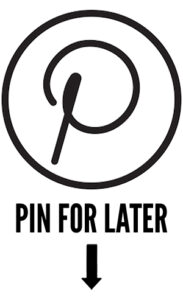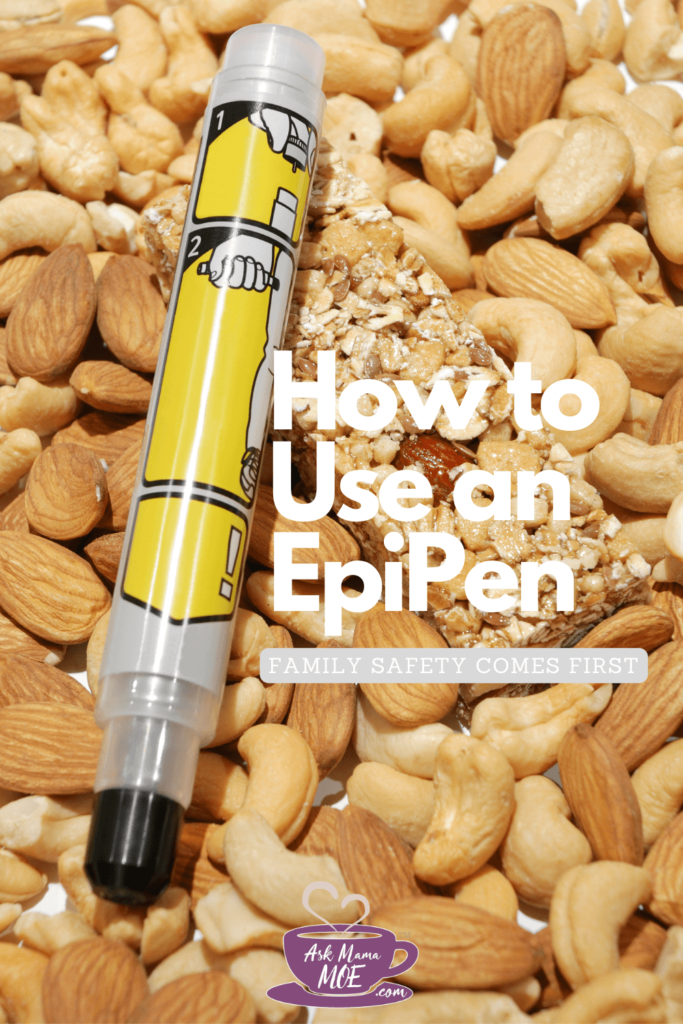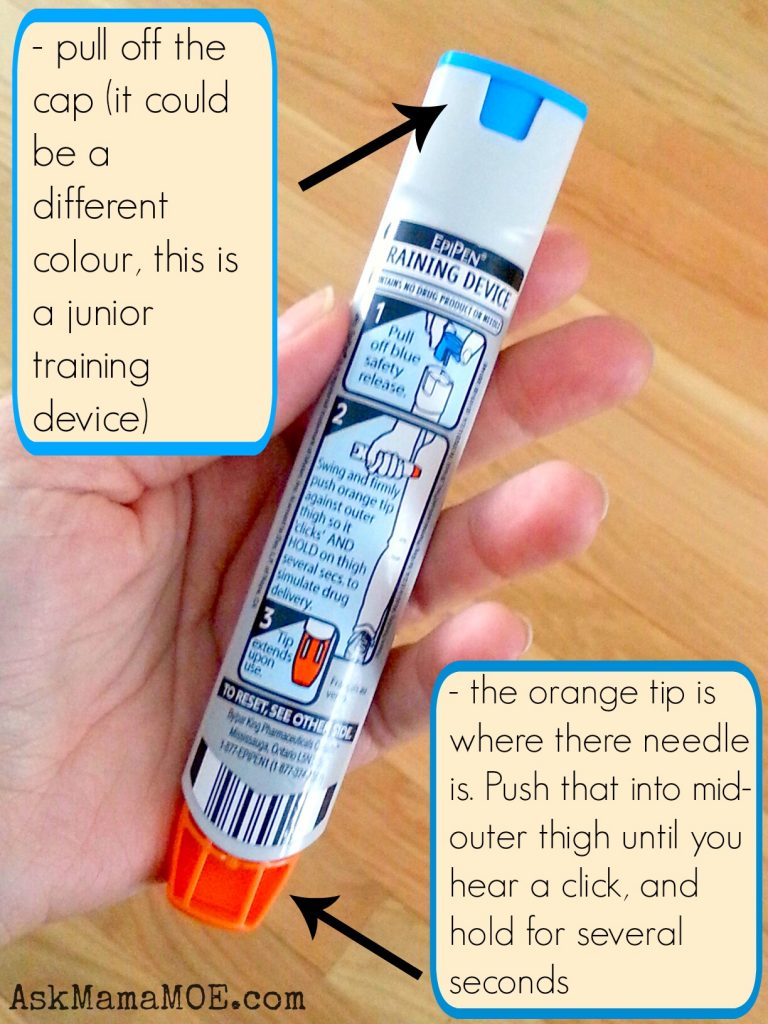First aid knowledge is vital – especially when you’re raising a family. Today, we’re discussing allergies and EpiPens and why it’s so important to learn how to use an EpiPen.
A little while ago, I took a First Aid course in my sister’s home with Red Cross instructor, Nancy Reynolds of Baby Secure. Although there was a part of me that thought I didn’t really need this day of intense First Aid knowledge, I decided to go and I am so happy I did.
The Importance of Taking a First Aid Course
If you have children, or if you ever have to watch over children in any way, taking a First Aid course, as well as a CPR class is an excellent thing to do. I would consider it to be a must, really. Before our first baby was born, we had a private CPR class in our home for ourselves, as well as our friends that were expecting. Grandparents also came, since they were going to be babysitters in the near future.
I learned a great deal with Nancy recently, mainly because I either forgot what I had learned years ago, but also because some standards have changed a lot since I took a class way back when.
The Importance of EpiPens
One thing that I never learned about, and that is very important today, is how to use an EpiPen . If you don’t know what an EpiPen is (an epinephrine administrator), that means your child has no life-threatening allergies. But for a good number of children and adults, carrying an EpiPen with them is the norm.
In my oldest child’s class, there are two children that need an EpiPen with them at all times, on the off chance that they are exposed to something that could cause an anaphylactic shock (not just food, by the way). Which got me thinking, if I was in the presence of a child in distress from a severe allergy, even if the EpiPen was right in front of me, would I know how to use it?
My quick answer was no.
How to Use an EpiPen
After Nancy pulled out an EpiPen to show us, I realized I hadn’t even seen one up close before, let alone know how to use it in an emergency. Of course, there are instructions on the actual device, but according to Nancy, in an emergency, some people have read the instructions in haste, and using the EpiPen incorrectly, actually poked themselves with the device instead of the child in distress. And once an EpiPen is used, it cannot be used again; there is only enough medication for one use.
So as a PSA, I am showing you what an EpiPen looks like and how to use it:
Tips:
- An EpiPen can be administered through clothing (even a snowsuit).
- A child may need another dose of epinephrine, therefore seeking medical attention immediately after administrating the EpiPen is necessary.
- An indicator window on the side of the EpiPen will let you know the medication has been administered.
- The EpiPen comes in a tube. Once the EpiPen has been used, it will not fit back into the tube.
- The needle is never exposed (it is behind the orange section and comes out after you push firmly on the person’s thigh)
There is also a TV commercial now that some people have seen and commented on. But since we are in the day of streaming, I thought this would help as well (I have not seen the commercial).
I hope this gives you a bit of peace of mind for your next birthday party or play date. Having this information can help you help a child if this should ever come up.
I encourage all new parents to attend or even set up a private class for friends and family with a trained Red Cross instructor, to learn CPR and First Aid. I learned so much from the class, and I’m happy I took the time to go.
More Health-Based Articles
If you liked this blog post, then I urge you to check out these ones:
11 Ways to Help Your Child Cope with Anxiety
In a Sweat? This New Device Might Be Your Family Solution
Robin Glance: On Food Wellness




